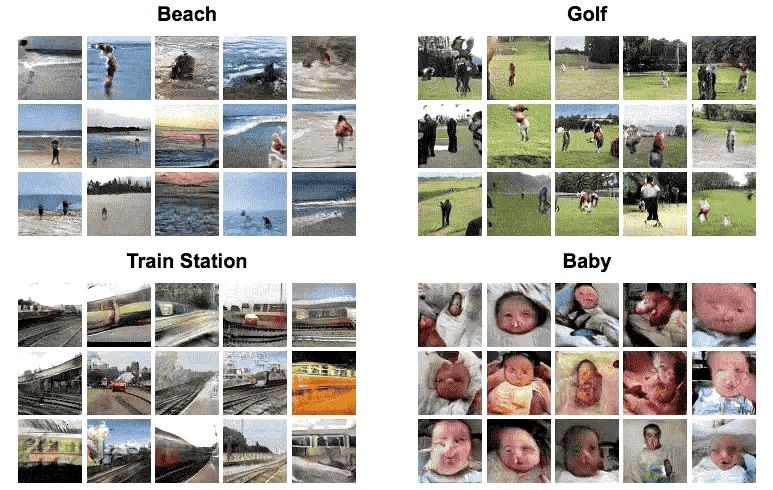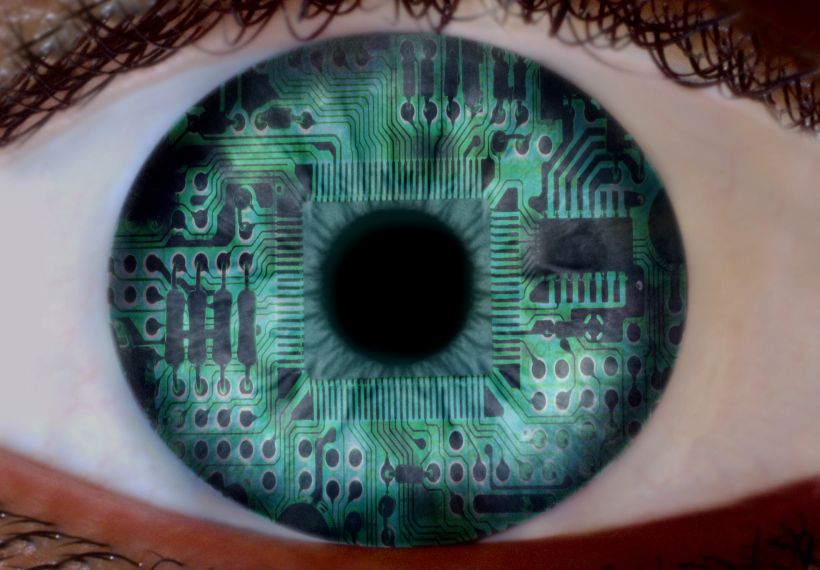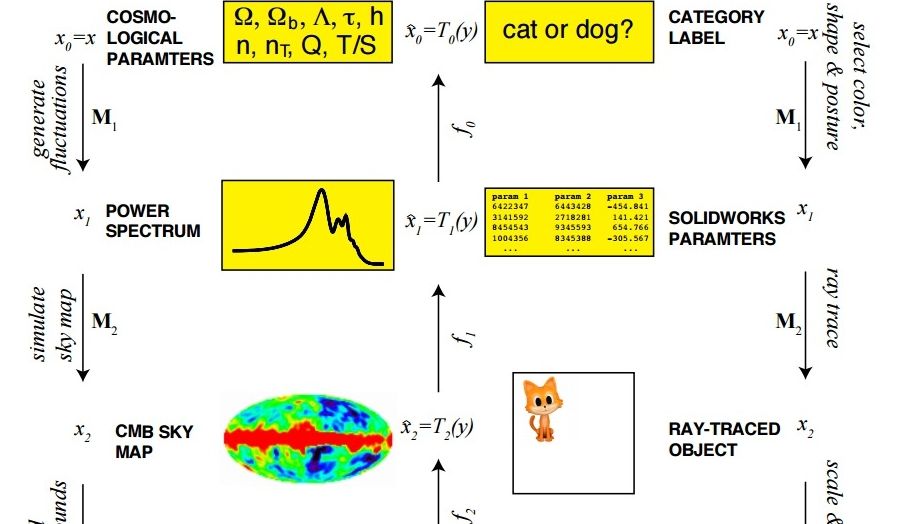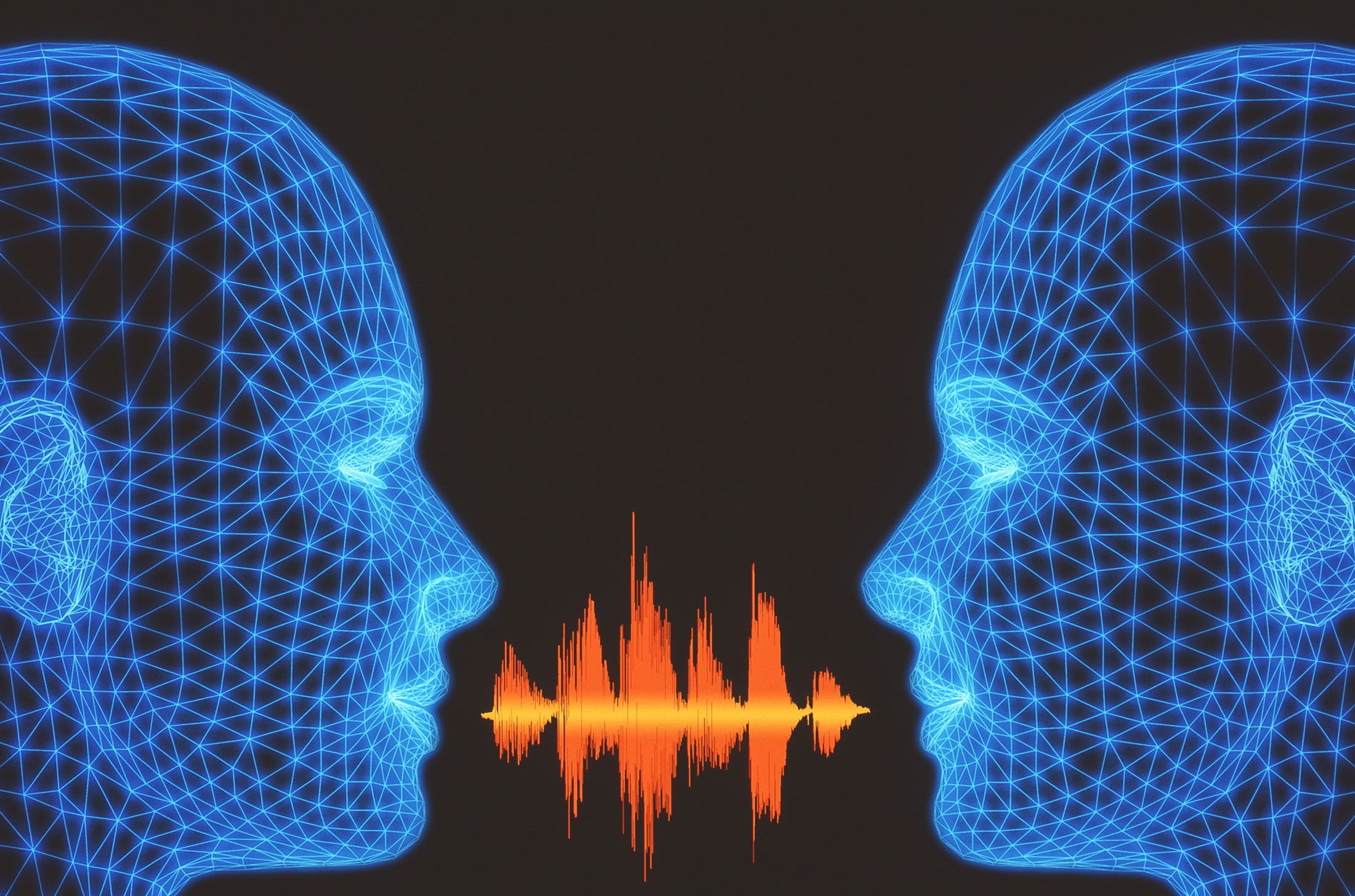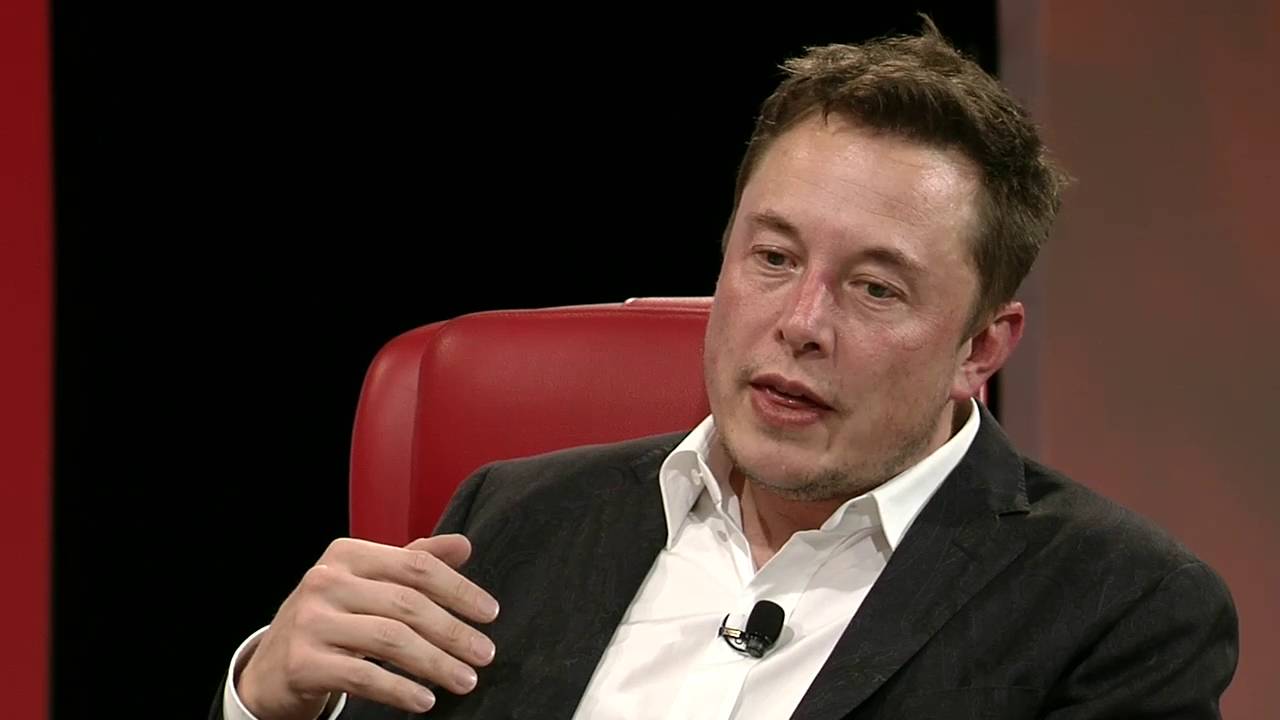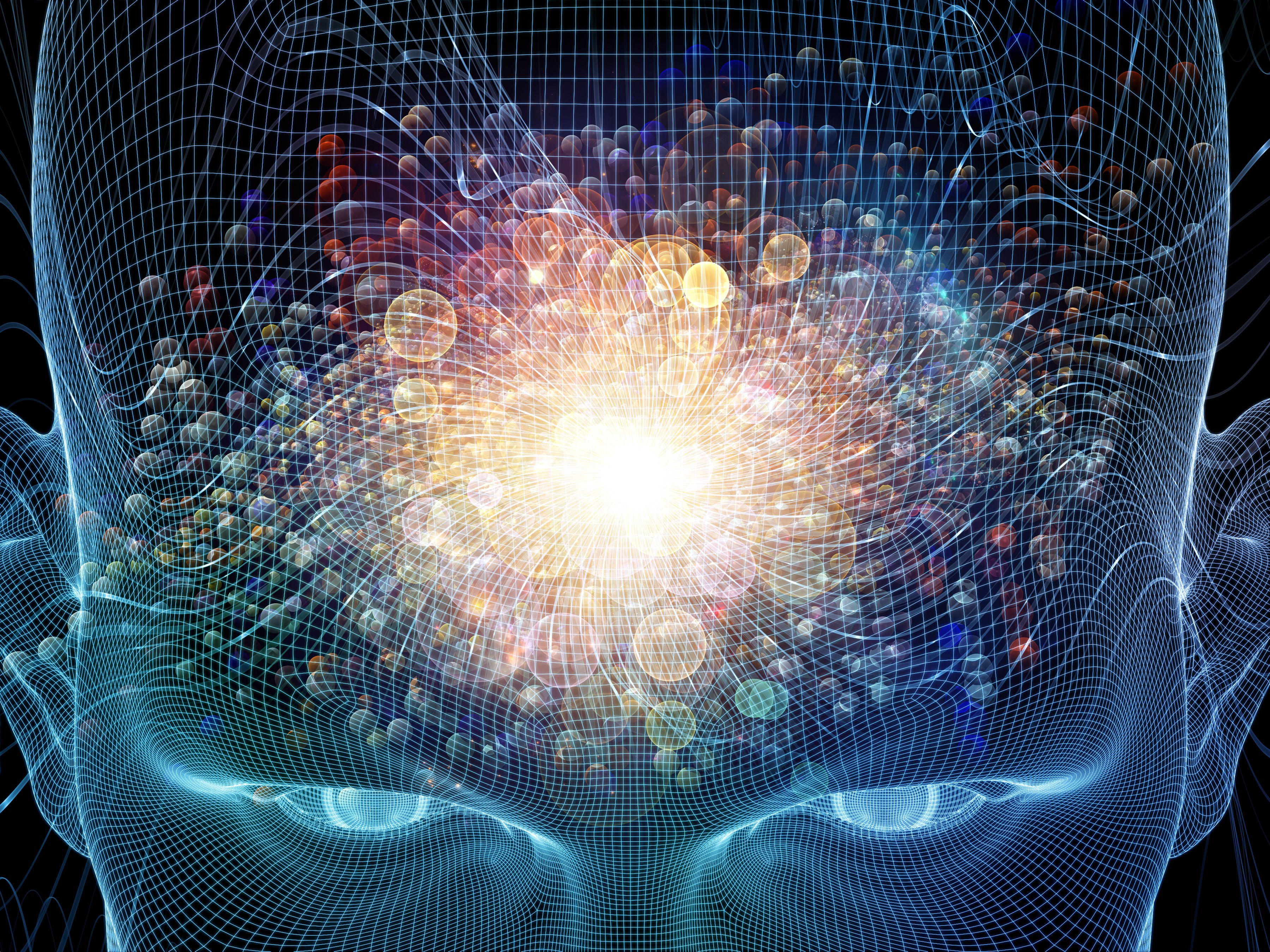Now this, this will accelerate AI autonomous capabilities. However, still should be done with a QC secured infrastructure.
WASHINGTON — The Pentagon’s research agency has a new challenge for scientists: make wireless radios with artificial intelligence that can figure out the most effective, efficient way to use the radio frequency spectrum, and win a pile of cash.
Winners of the Defense Advanced Research Projects Agency’s (DARPA) Spectrum Collaboration Challenge (SC2) could take home up to $3.5 million, but to do that, teams will have to demonstrate new technologies that represent a “paradigm shift” with both military and commercial applications, said Paul Tilghman, a DARPA program manager who is leading the challenge.
“The real crux of the problem is — when you look at users of the spectrum, whether they are commercial users of the spectrum, whether they’re consumers or they’re the military — the thing that is ubiquitously true is we all are placing more and more and more demand on the spectrum, and all of that demand is really adding up.
Read more

